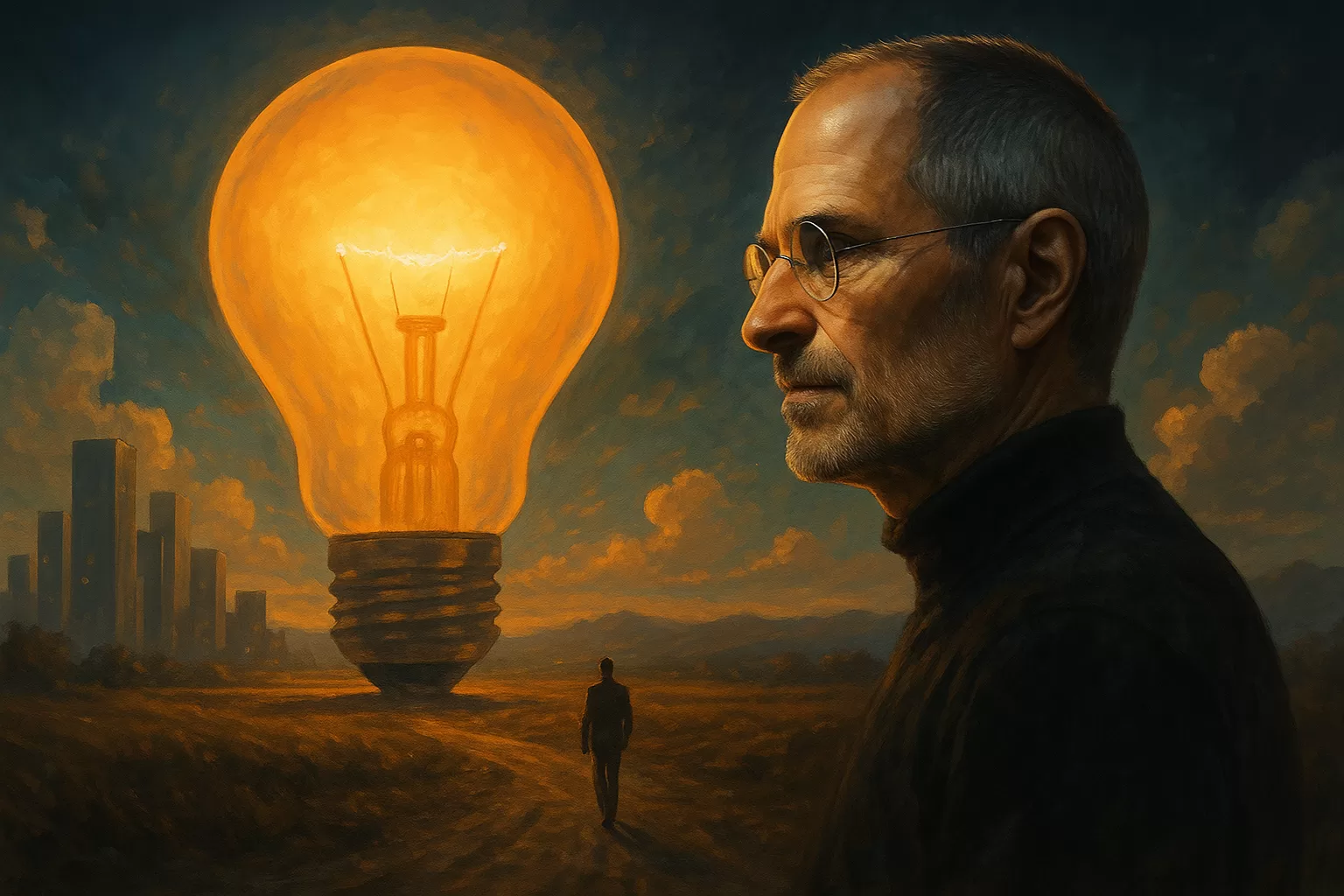Qué hay que saber
- Transformational leadership is a leadership style that inspires people to transcend their own interests for the sake of a greater purpose.
- Jobs’ approach to leadership left a lasting mark not only on Apple but on industries ranging from music and telecommunications to entertainment and retail.
- His leadership transformed Apple from a struggling company into one of the most valuable brands in the world, pioneering products like the iPhone, iPad, and MacBook.
Steve Jobs, co-founder of Apple Inc., is one of the most iconic examples of transformational leadership in modern business history. His unique ability to combine visionary thinking with relentless execution not only revolutionized the tech industry but also inspired millions of people worldwide to think differently.
What Is Transformational Leadership?
Transformational leadership is a leadership style that inspires people to transcend their own interests for the sake of a greater purpose. It involves creating a compelling vision, fostering innovation, and empowering individuals to contribute their talents toward shared goals. Jobs embodied these principles throughout his career, often pushing boundaries and challenging conventional thinking.
Steve Jobs as a Transformational Leader
1) Visionary Thinking
Jobs had an extraordinary capacity to foresee market needs before they existed. Products like the iPod, iPhone, and iPad didn’t just respond to demand—they created it. His vision consistently fused design, technology, and user experience.
2) Inspiring Innovation
Under Jobs’ leadership, Apple became a hub for creativity. He cultivated a culture where innovation wasn’t optional—it was the standard. By encouraging teams to aim for “insanely great” products, he pushed boundaries in ways competitors struggled to match.
3) High Standards and Excellence
Jobs demanded excellence in every detail, from product aesthetics to marketing. This attention to perfection helped Apple products stand out not only for their functionality but for their beauty and simplicity.
4) Storytelling and Communication
Jobs was a master storyteller. His product launches were more than presentations—they were experiences that connected emotionally with audiences and customers.
Lessons from Jobs’ Leadership
- Marry creativity with discipline: Innovation flourishes when guided by clear goals and high standards.
- Focus on user experience: Technology is only as powerful as it is accessible and delightful to use.
- Communicate with passion: Inspire both your team and your customers through compelling stories.
- Pursue excellence relentlessly: Strive for quality in every detail.
- Challenge the status quo: True breakthroughs come from questioning assumptions and rethinking norms.
The Legacy of Steve Jobs’ Transformational Leadership
Jobs’ approach to leadership left a lasting mark not only on Apple but on industries ranging from music and telecommunications to entertainment and retail. His capacity to blend vision with execution continues to be studied by leaders who aim to inspire, innovate, and transform their organizations.
Conclusion
Steve Jobs’ transformational leadership demonstrates the power of vision, innovation, and relentless pursuit of excellence. Leaders who wish to follow in his footsteps must embrace creativity, maintain high standards, and inspire people to see—and build—a future others can’t yet imagine.
FAQ — Steve Jobs’ Transformational Leadership
Because he inspired innovation, set a bold vision, and motivated teams to create groundbreaking products that changed entire industries.
He combined visionary thinking, high standards, effective storytelling, attention to design and user experience, and the ability to inspire creative risk-taking.
Jobs created a culture of excellence and encouraged teams to “think different,” pushing them to develop products that blended technology, art, and user-centric design.
They can learn the value of visionary thinking, relentless pursuit of quality, storytelling to inspire, and challenging established norms to achieve breakthroughs.
His leadership transformed Apple from a struggling company into one of the most valuable brands in the world, pioneering products like the iPhone, iPad, and MacBook.

